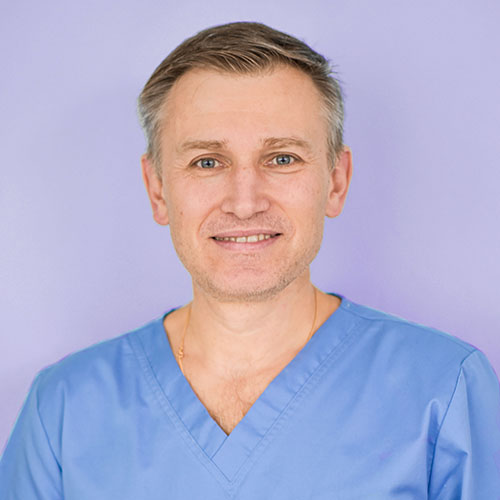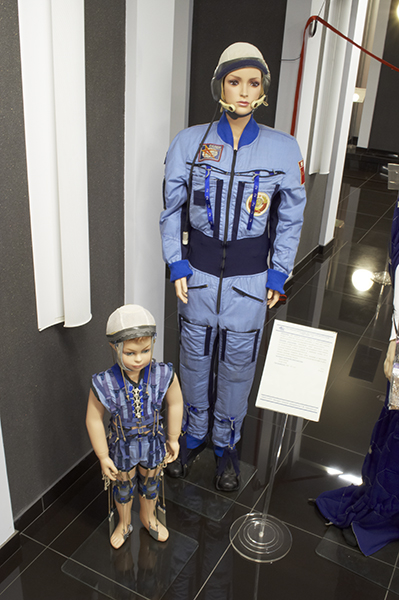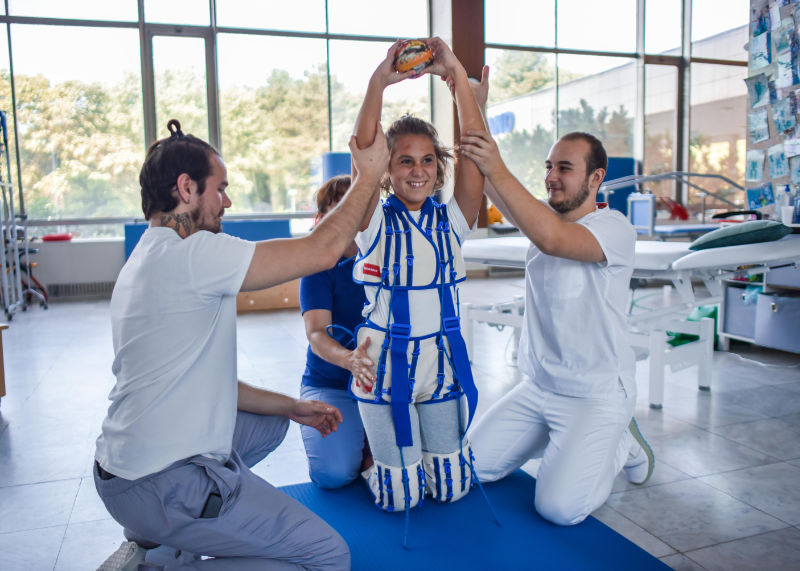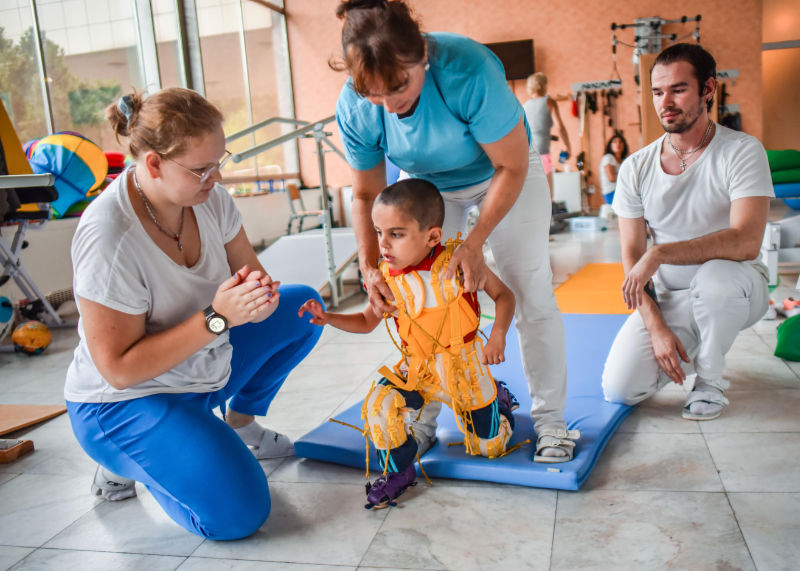
Dr. Bohdan Boiko
Method of dynamic proprioceptive correction
Based on our experience in neurorehabilitation, we strive to continuously improve the methods used in order to improve the quality of rehabilitation care and achieve the maximum possible positive results for each client.
The method of dynamic proprioceptive correction is one of the basic methods we use in our AXIS concept. This method is based on the use of various corrective weight-bearing suits that act as a dynamic brace. The prototype of the suit was born in the 1970s under the name “Penguin Suit”. It was developed in Russian space medicine and its role was to protect astronauts from body and brain damage after spaceflight. Later, this technology became the basis for the therapeutic suit that we also use when caring for patients with various neuromotor disorders.


Both the energetic adequacy of the load generated by the suit’s force system and the optimal choice of its vector distribution, taking into account the motor stereotype created by the patient’s pathological muscle synergies over many years of disease, including the habitual position of the limbs in horizontal and vertical body posture, are essential for the treatment process.
As a result of generating loads on the antigravity muscles when performing selected exercises in corrective weight-bearing suits, there is a relative normalization of afferent flow from the musculo-articular apparatus. This, in turn, leads to the activation of the central brain structures responsible for the control of motor acts and creates the preconditions for the stimulation of the formation of lagging functional systems of the motor center.

